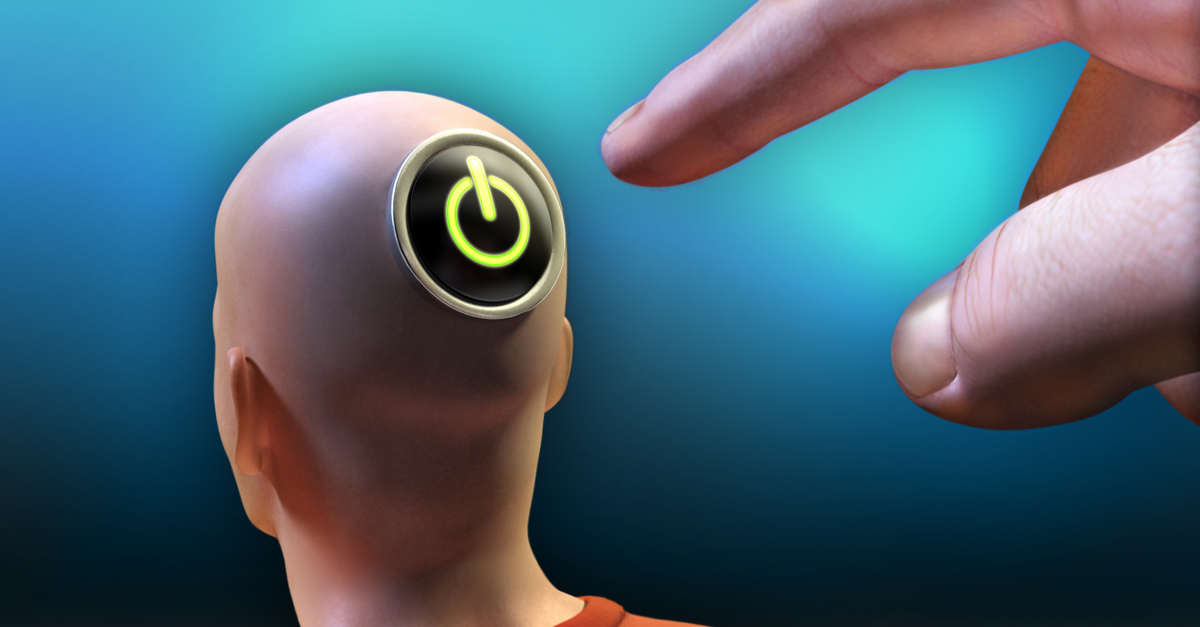 Dr. David Fawcett
Dr. David Fawcett
One of the many frustrations experienced by persons with co-occurring sex and drug addiction, especially in early recovery, is impaired sexual functioning. There are multiple reasons for this, including escalated fantasies in the arousal template that have reset to a very high level the degree of stimulation required for arousal. Other issues may involve the fusion of drug and sexual behavior, such that abstinence from drugs may result in the disappearance of sexual desire. Finally, many individuals who are addicted to drugs and sex have other concerns and issues that predate their addictive behavior. These can include a history of trauma, shame, and other feelings about one’s sexual self, as well as other types of intimacy disorders that affect one’s comfort with sex and intimacy.
By repeatedly acting on addictive sexual rituals involving drugs and sex, addicts inadvertently train their brains to require a certain level of stimulation, and these patterns become deeply grooved. In other words, their minds know how to go to those highly charged fantasies automatically, and they often do so involuntarily. Thus, in recovery, sex itself can heighten relapse risk by triggering old addictive sensations. This leaves some people feeling as if they are stuck between having no sex at all or risking relapse by attempting to re-engage in sex.
Remember, it is not unusual in early recovery to experience a lack of sexual desire, but this shouldn’t persist. There are some reasons why a delay in sexual functioning may occur. These reasons are detailed below.
Most people in early recovery find that they are triggered easily and often. The dopamine that is released by addictive sex and drugs creates an intensity that cannot be matched by normal life experiences. An adjustment period back to non-compulsive sex is normally required. This has been described with many metaphors: rebooting, rewiring, and resetting, among others. While these provide a way to conceptualize what is happening, they can lead to the mistaken notion that there is a magic number in terms of required days of sexual abstinence to return to “normal.” These anecdotal recommendations range from several weeks to ninety days to a year.
My experience has been that following an initial period of abstinence, a small minority of addicts find they can soon begin to incorporate masturbation or sex with another person without being triggered. These fortunate individuals return to non-addictive sexual functioning rather easily. Others, however, struggle with trying to reignite desire without being triggered to use drugs and act out sexually. I believe much of this variability has to do with the individual life experiences before addiction as well as the specific addictive patterns formed during use.
A period of sexual abstinence in early recovery provides addicts with the opportunity to gain insight and clearly separate sober time from addictive behavior. Significantly, this should include avoidance of sexual thoughts and substance/sex fantasies, which can reinforce old addictive patterns as strongly as acting out itself. Addicts should work with their therapist, sponsor, and trusted friends in recovery to identify how and when sex should be reintroduced and what sexual behaviors that includes. This should be reflected in the addict’s circle plan. Things to consider:
- What types of sexual behaviors with another person feel safe?
- What about masturbation?
- What about related behaviors? For example, hook-ups, with or without substances, replicate behavioral patterns identical to acting out and can both trigger the addiction and slow down the shift to other sources of arousal.
It is also important to challenge the metaphors we use. The idea of rebooting or resetting the brain implies that things will eventually return to “normal.” It is true that any dopamine pathways damaged by the addiction, notably from the neurotoxicity of methamphetamine, will regenerate over a period of months. The arousal template, however, cannot revert to what it was before the addiction. The new fantasies the addict has installed through porn and sexual acting out remain. They essentially become the “new normal” for the arousal template. This can be troubling because those addictive fantasies shine the brightest of all the elements in the arousal template, so it’s easy to find oneself indulging in those fantasies despite a commitment to recovery. This greatly increases relapse risk.
One guideline that I find useful to discuss with clients is the intention behind the sexual act. Whether masturbation or sex with another person, addicts should keep in mind that addiction primarily involves dissociating or disconnecting from uncomfortable thoughts, feelings, or situations. It is critical to avoid continuing to use sex and fantasies as a means to dissociate from feelings. For example: “Do you use masturbation or sex to soothe yourself? Is there an urge to masturbate when you are feeling shame, anger, or fear? What about after an argument, or after paying bills, or before a stressful meeting?” In each case, sex continues to be used as a way to manage and/or disconnect from feelings.
If, on the other hand, addicts approach sex, including masturbation, with the intention of remaining connected to their thoughts, feelings, and body sensations, sex can be a healing experience. By remaining connected to themselves and their partner, addicts can actually begin to change and heal some of the dysfunctional patterns created by their addiction. That said, recovering addicts must remember that staying connected may not only involve pleasant sensations and emotions. Being truly intimate with someone (or themselves) without the benefit of addictive behaviors buffering them from anxiety, self-doubt, inhibition, and other negative feelings can result in unwanted intensity and uncomfortable emotions.
Yet that intensity can be an opportunity for healing. I believe that most addicts, and especially most sex addicts, have an intimacy disorder. This means that they have been uncomfortable getting close to others because of long-standing issues they have with things like trust and vulnerability. These issues have typically been in place long before they ever discovered addictive patterns. To truly enjoy sex and intimacy, these issues must be addressed. If shame causes an addict to sink into inhibition, it must be addressed. If a history of childhood abuse has made it impossible to really trust anyone or be vulnerable in intimate situations, this must be addressed as well.
Much of this healing work involves therapy, but there are helpful behavioral changes that anyone can make. Single people find that creating a dating plan is an effective way to re-engage sexually and socially. A slower pace counteracts the impulse to move right into a sexual situation that is usually devoid of intimacy. A dating plan typically involves meeting someone for coffee several times, then perhaps dinner, and, if everything clicks, moving on to sex. This process gives the addict time to get to know the other person as more than a sexual fantasy object. The other person can be seen as a person with a history and feelings.
Many sex addicts find that as they escalate in their addiction, they only want to engage with someone who is totally objectified, that is, without personal details or sometimes even a name. An addict may be having physical sex with a body but they are actually living out a fantasy in their head. The person with whom they are having sex is essentially a prop for the porn tape playing in their imagination. I have had clients who could only become aroused if they knew almost nothing about the other individual. As they got to know more personal details, they began to lose sexual interest.
Some takeaways:
- It is useful to have a period of sexual abstinence in order to distance oneself from compulsive addictive behaviors.
- There is no universally correct length of time for this abstinence. It is highly individualized and, while most sex addicts eventually begin to enjoy sober sex, some may struggle with occasional thoughts and fantasies the rest of their lives.
- Even if you are sober from drugs and sex, remember that thinking about your addictive fantasies, even briefly in order to get aroused or have an orgasm, keeps your arousal template locked in an addictive mode.
- As you begin to enjoy things again, be open to discovering new and healthier elements of sexual arousal. Try exercises like Masters and Johnson’s Sensate Focus, which avoids relying on fantasy for arousal; instead, it re-engages body sensations as an alternative way to spark sexual desire.
- Finally, practice sensual awareness in your daily life. Take time to notice beautiful light and shadows, or the smell of clean ocean air, or the texture of soft grass under your feet. The more we broaden our sensual awareness in everyday life, the more that will impact how we experience sexuality and intimacy.
*****
If you or someone you care about is struggling with substance/sex addiction, plenty of help is available. Residential treatment and online workgroups can be found at Seeking Integrity: Los Angeles. Free online podcasts, articles, webinars, drop-in discussion groups, and daily inspirations are available through SexandRelationshipHealing.com.
